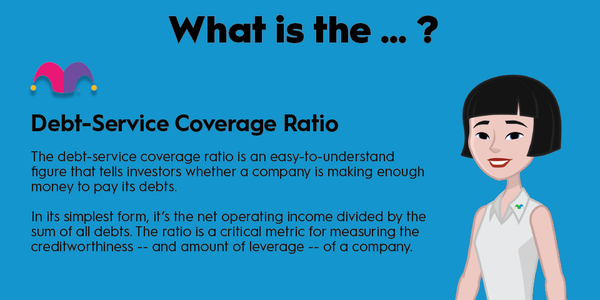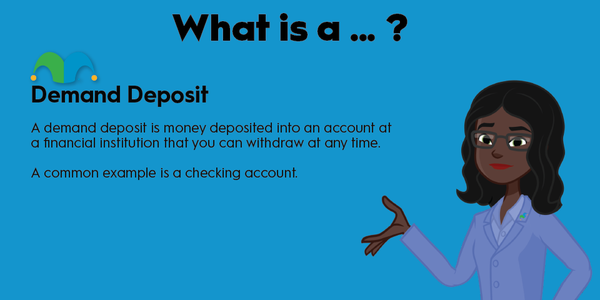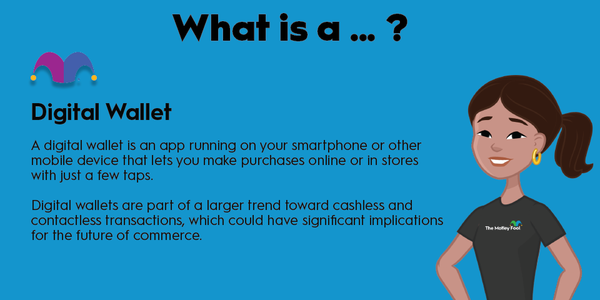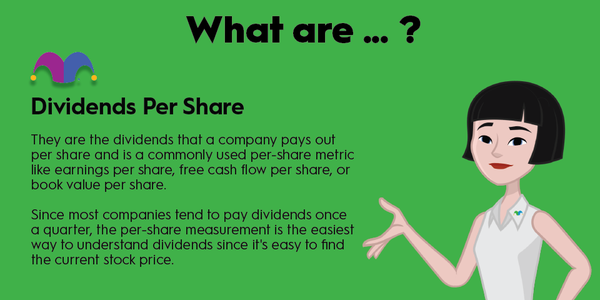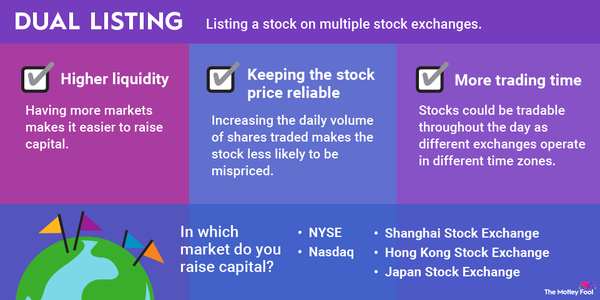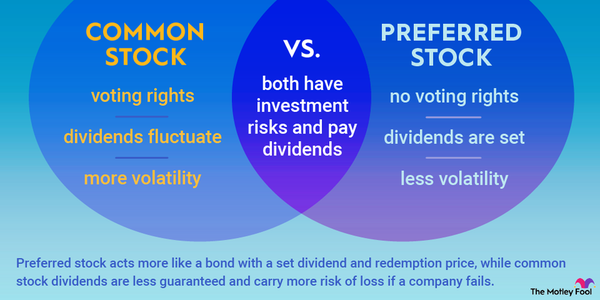Although many investors have at least some knowledge of cryptocurrency, distributed ledger technology is an important related subject that isn't nearly as well-known. Blockchains, which are a type of distributed ledger, power cryptocurrencies. It's because of distributed ledger technology that cryptocurrencies can process transactions and maintain up-to-date records without the help of any financial institutions.

What is distributed ledger technology?
Distributed ledger technology is an infrastructure that allows a database to be distributed across a network of nodes. This peer-to-peer network manages the database and ensures that updates are valid, removing the need for a central authority. When network nodes agree on and confirm an update to the database, it can't be changed later.
These ledgers rely on cryptography to transmit and store information. Information is protected with keys that can encode and decode cryptographic data, preventing bad actors from manipulating the ledger system.
How distributed ledger technology works
There are two basic components of distributed ledger technology:
- Distributed ledger: A database that's shared and synchronized on a network.
- Nodes: Independent devices, such as computers, that store and update the distributed ledger.
All the nodes on the network have their own copy of the ledger and communicate with each other. There needs to be a consensus among the nodes to make any updates to the ledger, such as adding new transactions. Each network has its own consensus mechanism used to determine if the majority of its nodes agree on updates.
A distributed ledger can be public or private. Public distributed ledgers are open for anyone to view and set up a node. Private distributed ledgers are only available to those who are approved by the network administrator.
Types of distributed ledger technology
The types of distributed ledger technology are:
- Blockchain
- Hashgraph
- Directed Acyclic Graph
- Holochain
Here's a guide to how each type works:
Blockchain
Likely the most popular type of distributed ledger is blockchain; it's how cryptocurrencies record transactions. A blockchain consists of blocks of transactions. Nodes assemble transactions into blocks. Each block includes the time, date, and amount sent for all its transactions. Transactions also include digital signatures of their senders, but these signatures don't contain any personal information.
Nodes validate the transactions in a block and then add the block to the blockchain. The data in each block also goes through a cryptographic hash function. This assigns a hash (a unique string of characters) to that block that can be used to identify it.
Hashgraph
Hashgraph is a blockchain alternative that claims to be faster and more secure by using a different data structure. Nodes relay transaction information, which is called gossip, among each other. When nodes have synchronized information, it's a gossip sync, and they commemorate this with an event, or a transaction record on the hashgraph.
Directed Acyclic Graph
Directed Acyclic Graph (DAG) is another blockchain alternative with its own data structure. Instead of a blockchain, a DAG's structure is more like a graph where transactions are built on top of each other. For a node to initiate a new transaction, it must first validate previous transactions. New transactions with larger numbers of previous transactions underneath them receive priority on the ledger.
Holochain
Holochain is a departure from the typical blockchain structure in that it does away with the global consensus mechanism. Each node is in charge of its own chain and records its own transactions. They're all still part of a network, but they operate independently. Nodes must follow a set of rules, and data validators ensure that nodes comply with these rules. If a node breaks these rules, validators notify the rest of the network.
Advantages to distributed ledger technology
The biggest advantages to distributed ledger technology are security, transparency, and decentralization.
A distributed ledger is much harder to attack than a central database. The network can have nodes around the world, all with their own copies of the ledger, so there's no central point of failure. Distributed ledgers are also immutable and can't be altered by any third party. For example, once a transaction is confirmed on a blockchain, no one can go back and change it later.
All the information on a distributed ledger is available to those on the network. If it's a public ledger, then it's available for anyone in the world to view. In industries where transparency is important, a distributed ledger will typically be a much more suitable choice than a private database.
Because nodes -- and not a central authority -- manage a distributed ledger, it's decentralized and doesn’t rely on a single entity. Decentralization is one of the reasons Bitcoin (BTC 0.35%) and other cryptocurrencies became so popular. They provide an alternative to the traditional electronic payment system where everything goes through banks and payment processors.
Related Fintech topics:
Disadvantages to distributed ledger technology
The disadvantages to distributed ledger technology are inefficiency, the inherent risk of non-reversible transactions, and the possibility of a 51% attack.
For distributed ledgers, and blockchains in particular, inefficiency can be an issue. When a blockchain network is congested, the activity can lead to slow processing and more expensive transaction fees. Many blockchains also use a significant amount of energy. These types of inefficiencies have been major problems for some cryptocurrencies, including Bitcoin and Ethereum (ETH 0.62%).
Since distributed ledgers are immutable, transactions aren't reversible, which can be good or bad. The recipient of a payment doesn't need to worry about the sender performing a chargeback like they can with other payment methods. But this also means the sender has no recourse in the event of fraud.
One other risk with distributed ledger technology is a 51% attack, referring to bad actors controlling at least 51% of the network and being able to manipulate it. The likelihood of this type of attack depends on the network. With the largest cryptocurrencies, it's practically impossible. Smaller networks, on the other hand, could be more at risk.
At the moment, distributed ledger technology is most well-known for its use in the blockchains that support cryptocurrencies. However, it has applications across a variety of industries, and many large companies have been exploring what they can do with blockchain and distributed ledgers.



